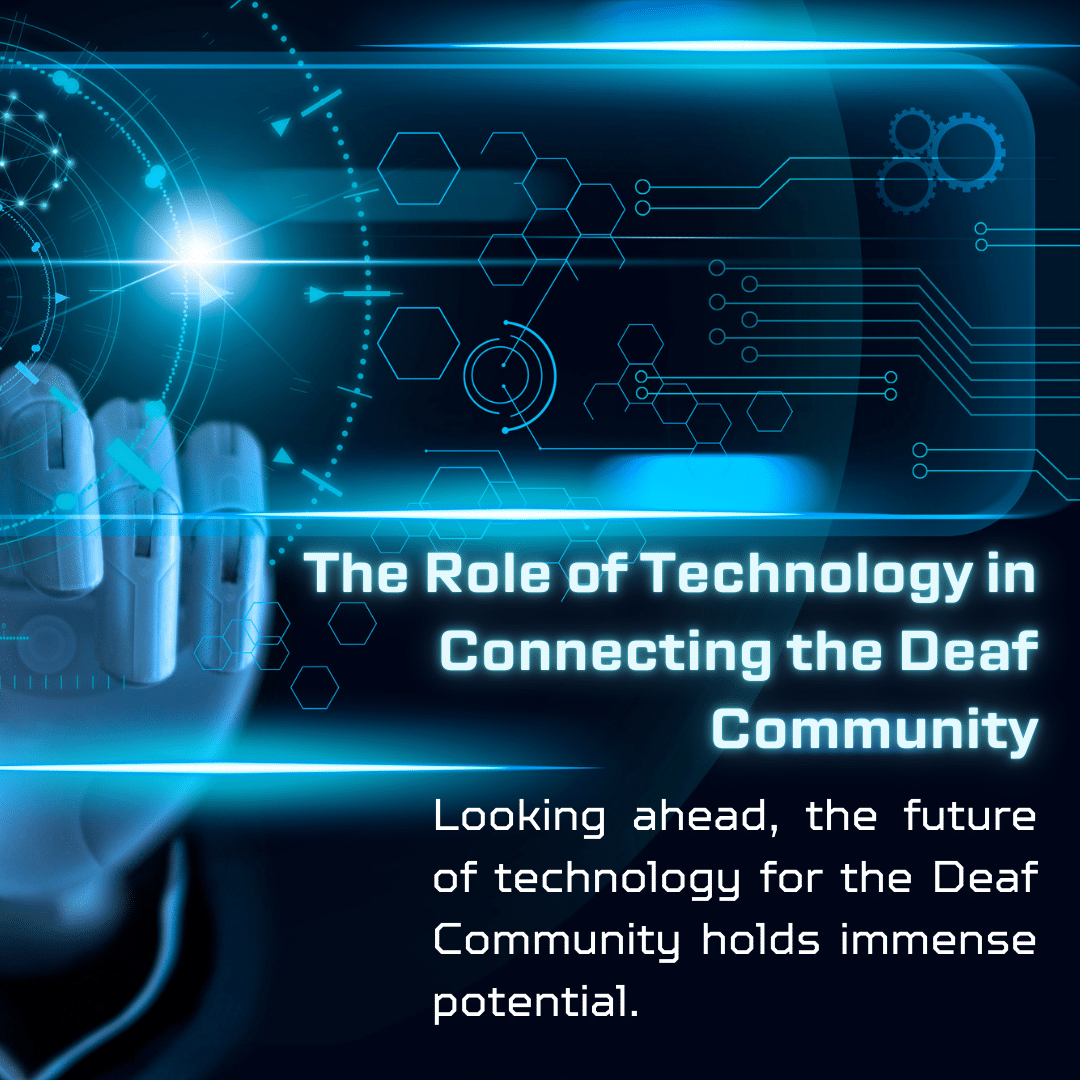
American Sign Language
- by Michelle Jay
- 3 Comments
American Sign Language (ASL) is the natural language of around 500,000 deaf people in the US and Canada. A “natural” language is a language that is learned as a first language in childhood. However, not all deaf people learn ASL as their first language. Many use it as their second language and some only use a little ASL, if at all.
The National Center for Health Statistics estimates that 28 million Americans (about 10% of the population) have some degree of hearing loss. About 2 million of these 28 million people are classified as deaf (they can’t hear everyday sounds or speech even with a hearing aid). Only about 10% of these 2 million people were born deaf. The other 90% became deaf later in life.
Many hearing people are fluent in ASL. Sign language has become more and more popular in recent years and many hearing people are registering for high school and college ASL classes. And according to Trudy Suggs, American Sign Language is claimed to be the third most commonly used language in the US!
The most common misconception about ASL is that it is a signed version of English. ASL is not English at all. ASL is a distinct language with it’s own syntax and grammar and has been developed over hundreds of years by deaf people as a means of communication. It is also just as capable as English or any other language of communicating abstract or complex ideas.
ASL signs are generally used to convey ideas and concepts rather than actual words. One sign may represent many ideas, so facial expressions and body language are essential to convey the full meaning of the sign. There may be some lip movement, but speech is not used when signing. Just like in English, there are also basic sign language elements. One of the elements, Fingerspelling, is used primarily to indicate places and people. There are also sign language symbols that have been developed in order to “write” sign language.
Word order is very flexible in ASL. For example, the sentence “I am hungry” may be signed as “I hungry I,” “I hungry,” or “Hungry I.” Articles (a, an, and the) are not signed. Different grammatical forms for nouns, adjectives, and adverbs are also not distinguished. For example, “hungry,” “hunger,” and “hungrily” are all signed the same. The meaning must be found in the context.
Deaf people who use ASL see this language as not only a means of communication, but a source of cultural unity and pride. Read more about the linguistic bond of ASL in our Deaf Community and Deaf Culture articles.
What is Sign Language?
Sign language is a visual language that uses gestures and handshapes to represent concepts or ideas. Sign language is actually a broad term that describes many visual languages that have different grammar and syntax rules but use the same basic signs.
At one end of the sign language spectrum is American Sign Language. ASL is a real language (like English) with it’s own grammar and syntax.
At the other end of the spectrum is Manually Coded English. Manually Coded English uses ASL signs, but has the same grammar and syntax of English (it is NOT a real language).
The balance between these two is Pidgin Sign English. Like Manually Coded English, PSE uses English word order with ASL signs. However, not all the English words are signed. This is also NOT a real language because it does not have its own distinct grammar and syntax.
Learn American Sign Language
At Start ASL, you can learn American Sign Language on your time and in your budget. To see all our available course options, visit our American Sign Language Courses page. We offer both free and advanced options for learning the beautiful language of ASL. Join us!
American Sign Language Articles by Students
American Sign Language
by Clare Olfert | December 19, 2018
American sign language (ASL) has changed a lot of lives over the years. People, hearing and deaf, can now communicate with one another. American Sign Language has a long and interesting history. The very beginning of sign language goes back to the time before Christ. Naturally, you would think that American sign language would have been all American, but in fact it originated in France. In 1755, the first public school in Paris for deaf students was founded by Abbe Charles-Michel de l’Epée. This was the first step in bringing ASL to the United States.
In 1814, an American named Thomas Hopkins Gallaudet meet Alice Cogswell, a deaf girl. He found out he could communicate with her. That experience made him want to teach her more about being able to communicate with other people. There weren’t any schools for deaf people in America. He went to England and was not satisfied with just lip reading and speaking for the deaf. In France he met Laurent Clerc who was deaf and was a highly educated graduate from a deaf school in France. Thomas ended up inviting Laurent to join him in beginning the first school in America for the deaf in 1817.
Sign language is world wide. There are many types of sign languages in each country. In North America and South America alone there are over 35 types of sign language and more than two hundred sign languages in the world. ASL is one of them. ASL is most often used in the USA and in Canada. For more than 200 years ASL has been signed and used in America. Bolivia, Panama, Ecuador, Guatemala, and Puerto Rico sign languages are all are based off of ASL.
The Bible is in many languages. Since most deaf people use sign language, many Bible organizations would like to have the Bible in sign language, so that they will learn the Gospel, because the deaf people’s second language is reading and writing. Many deaf people who are born deaf struggle with reading, so giving them a physical copy of the Bible would not be useful. Even then there are only a few Bibles available for the deaf. Only ASL has the entire New Testament in sign language.
In conclusion deaf people are regular people, people who have a purpose in life. Exodus 4:11 says, “The Lord said to him, “Who gave human beings their mouths? Who makes them deaf or mute? Who gives them sight or makes them blind? Is it not I, the Lord?”. Some deaf people are unhappy or sad that they cannot hear, but God made them perfect in his sight.
Index of /American-Sign-Language/, www.signgenius.com/american-sign-language/american-sign-language-history.shtml.
Dale, Chris, et al. “5 Challenging Facts about Deafness, Sign Languages and Scripture Access.” United Bible Societies, 3 June 2015, www.unitedbiblesocieties.org/5-challenging-facts-about-deafness-sign-language-and-scripture-access/.
“History of Sign Language – Deaf History.” Start ASL, 15 Mar. 2018, www.startasl.com/history-of-sign-language.
“NEWS AND EVENTS.” Https://Dawnsign.com, dawnsign.com/news-detail/history-of-american-sign-language
“BibleGateway.” Acts 3:9-10 NIV – – Bible Gateway, Bible Gateway Blog, www.biblegateway.com/passage/?search=Exodus%2B4%3a11
Version Https://360translations.com/different-sign-languages-in-different-regions-and-countries/
Thomas Hopkins Gallaudet.” – Gallaudet University www.gallaudet.edu/about/history-and-traditions/thomas-hopkins-gallaudet


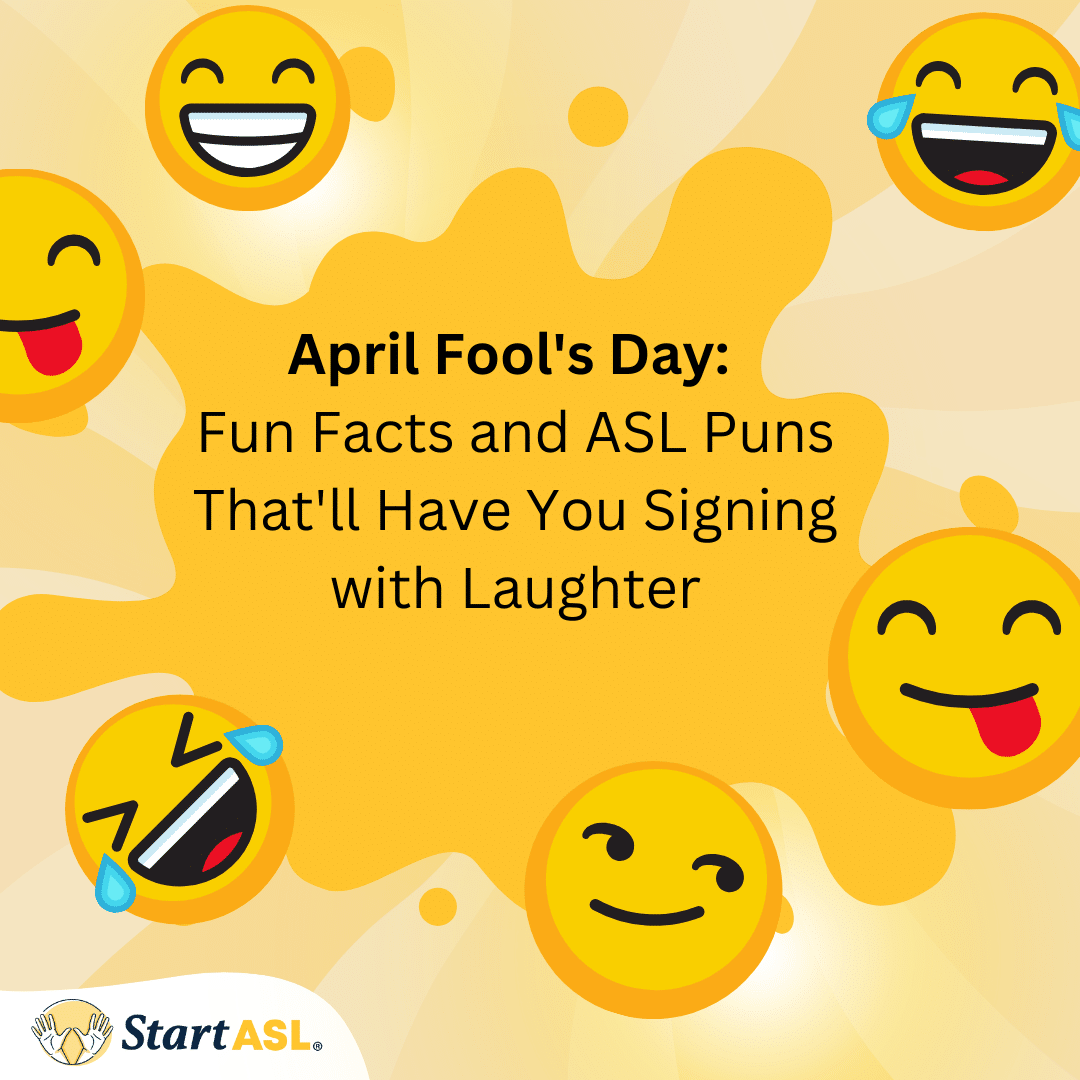
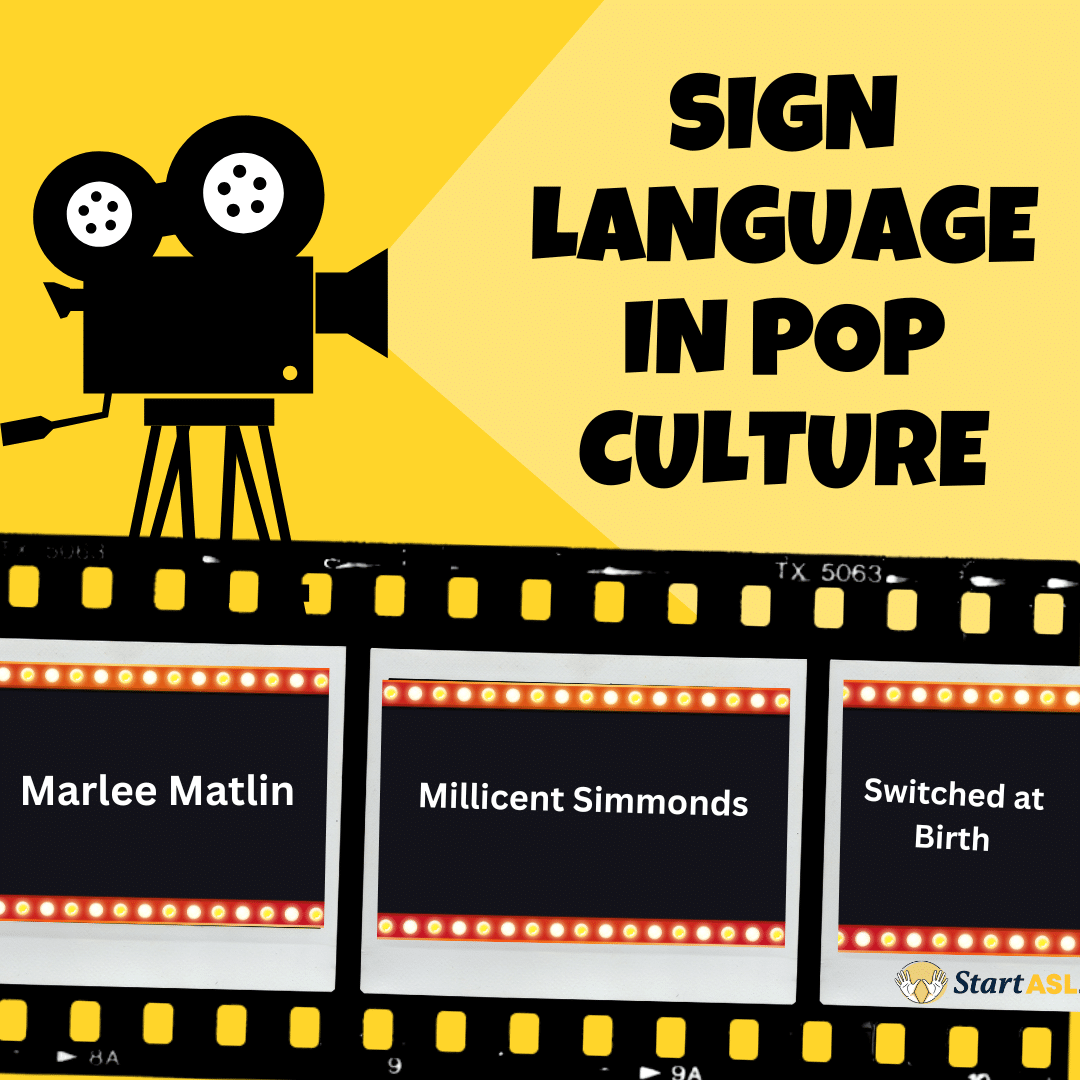
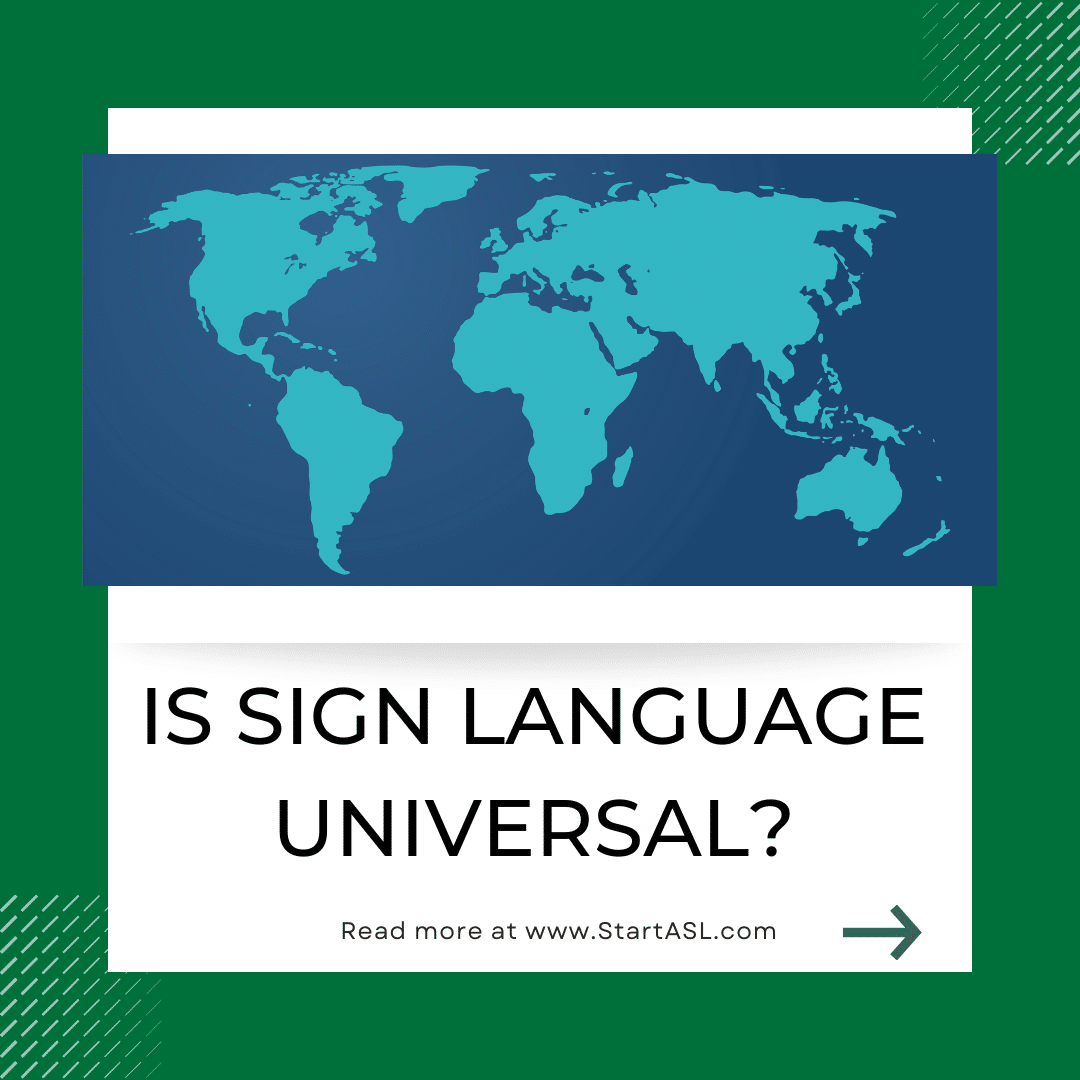

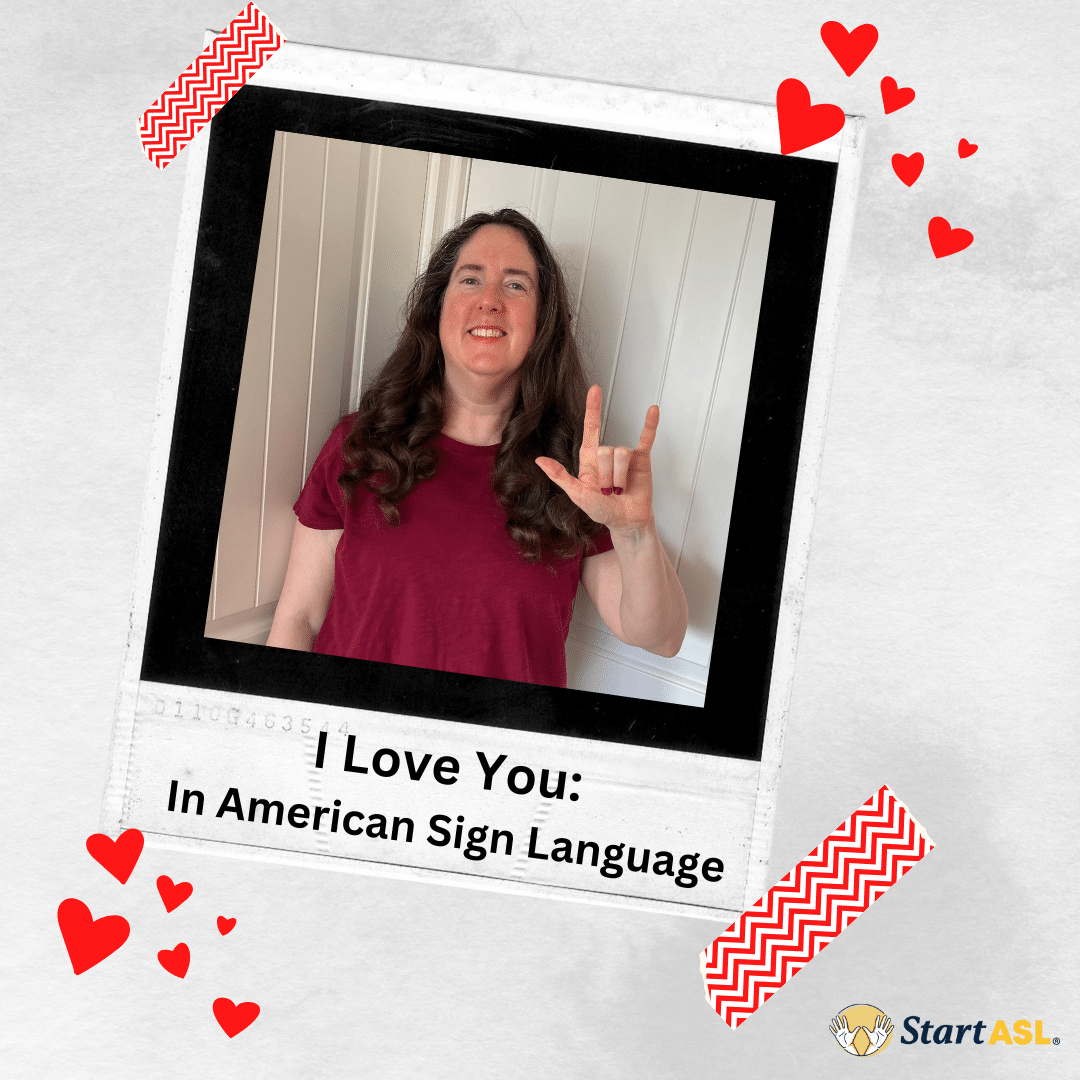




3 Responses
sarwary2001@sps81.org
Hello my name is mulihano Yona lm deaf
Where are you from?
Hi Mulihano, I’m Vince. I’m from Massachusetts, where CODA was filmed.